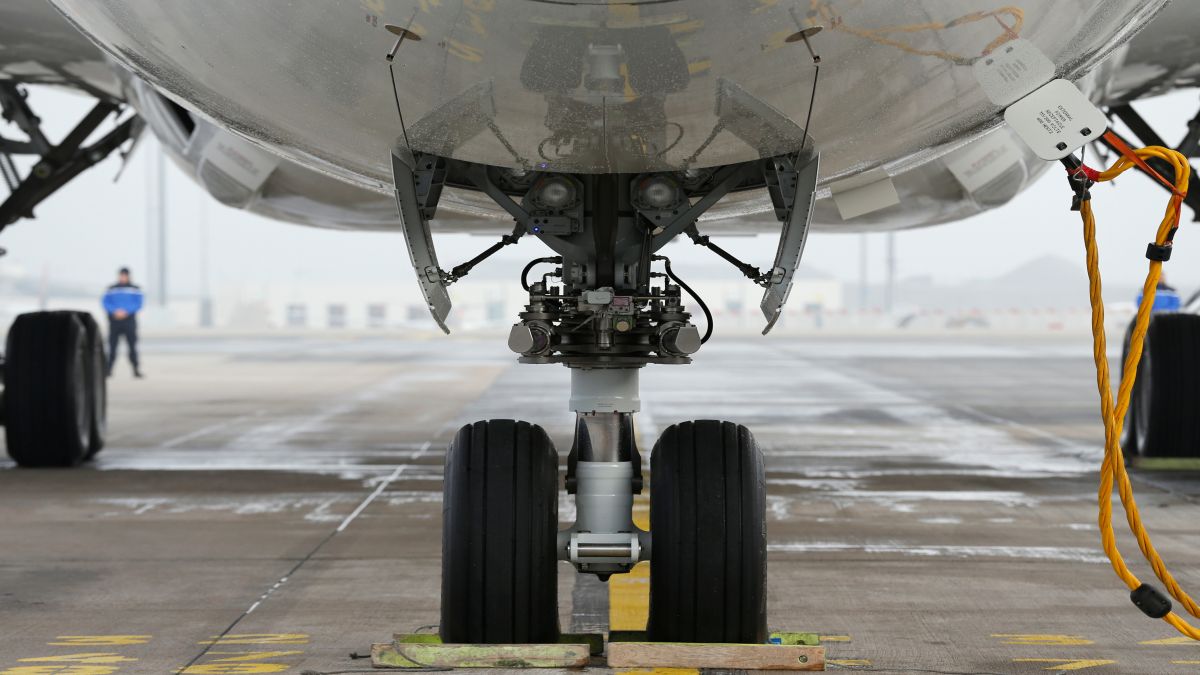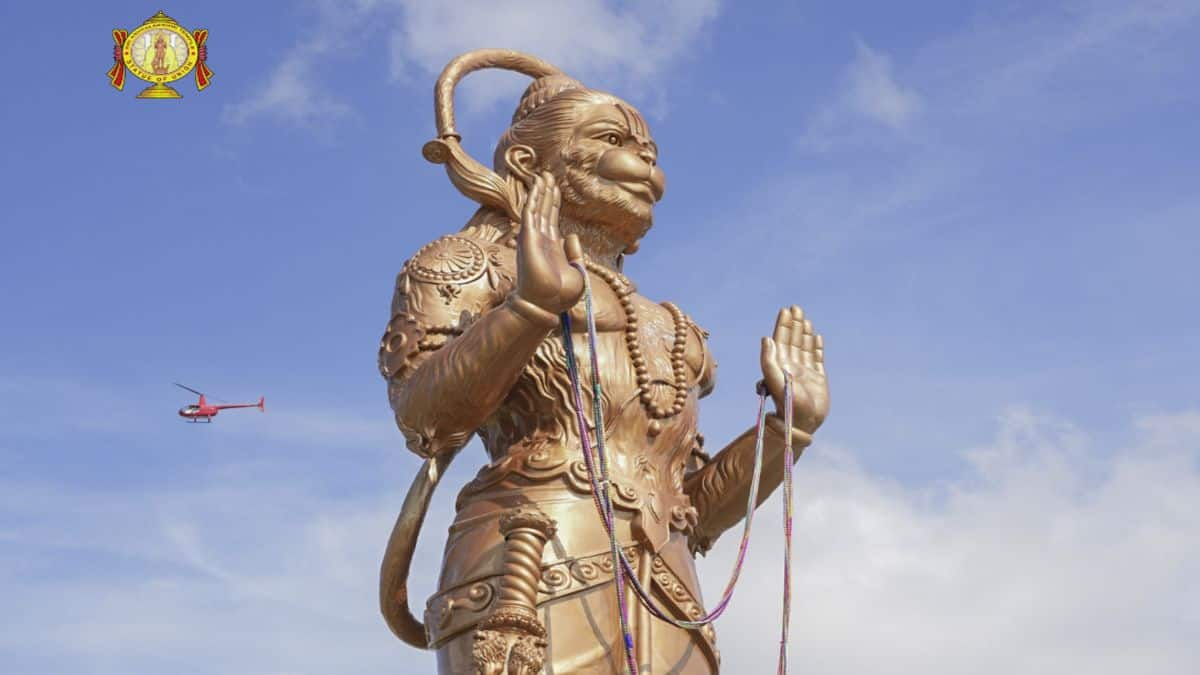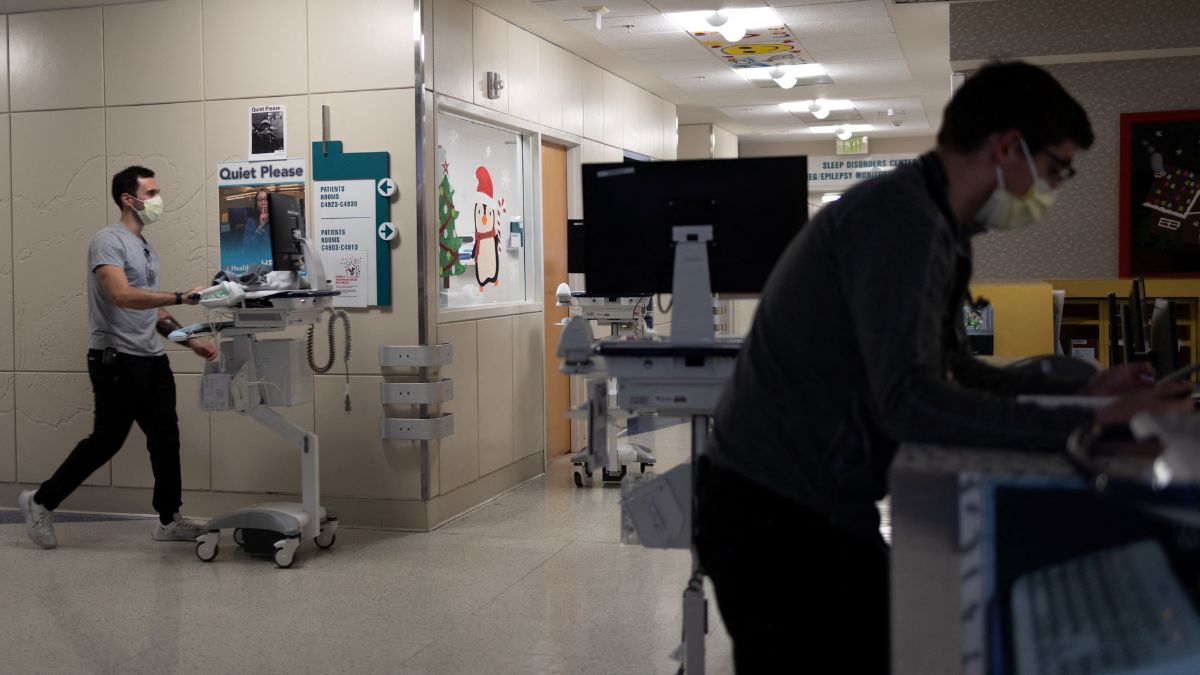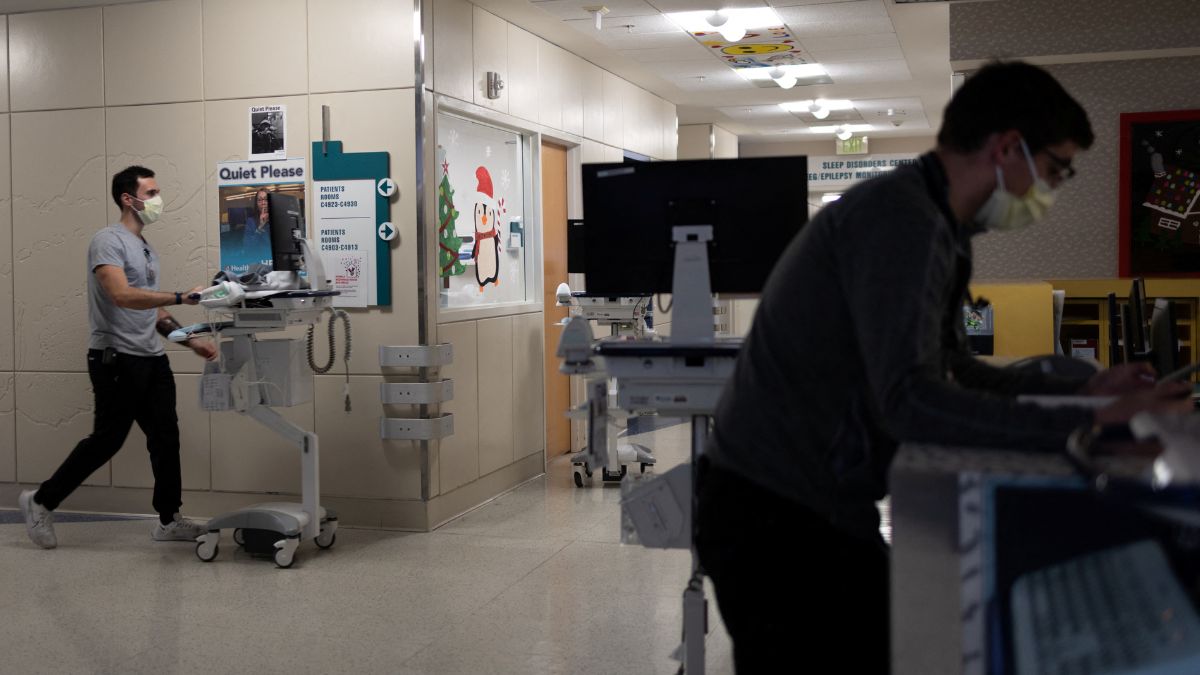This is a tale of survival beyond the odds. It’s a tale of cheating death. We aren’t talking about some war story but about a 13-year-old boy, who hitched a ride to Delhi from Afghanistan’s Kabul aboard a Kam Air flight — not as a passenger, but by hiding in the aircraft’s wheel well. Miraculously, the teen survived the dangerous journey that exposed him to extreme cold and oxygen deprivation.
The story, as unbelievable as it sounds, highlights the perils of undertaking such a journey and has us asking one pertinent question: how do people in such cases survive?
Case of the ‘stowedaway’ Afghan boy
On Sunday, officials at the Indira Gandhi International (IGI) Airport noticed a teenager dressed in a white kurta-pyjama strolling around the premises.
Suspicious of who and how he got here, the Central Industrial Security Force (CISF) approached him and what he told them shocked everyone. According to CISF officials, the boy, identified to be 13-years-old and from Afghanistan’s Kunduz, boarded a Kam Airlines flight RQ-4401 from Kabul. However, he wasn’t a normal passenger; he stowed himself away in the aircraft’s rear wheel well — the internal compartment which houses the landing gear — carrying just a “small red-coloured audio speaker”.
Later, around 4 pm on Sunday, the teenager was sent back to Afghanistan. According to news agency PTI, the boy undertook this daring journey out of curiosity, with the Indian Express adding that the boy actually wanted to travel to Iran, but landed up on the wrong plane.
Not the first case of a stowaway
The Afghan boy isn’t the first to do something as brave as it is dangerous. There have been instances in the past too when individuals have climbed into the wheel well of an airplane and have travelled to another country. Sadly, not all those who have tried it have survived to tell the tale.
The very first such instance dates back to 1928 when 19-year-old Clarence Terhune hid away on the return leg of the maiden flight of the Graf Zeppelin, flying from Lakehurst, New Jersey to Friedrichshafen, Germany.
In India, there’s the famous, or rather infamous, tale of Pradeep Saini and Vijay Saini in 1996. The duo managed to get into the wheel well of a British Airways Boeing 747 aircraft operating a flight from Delhi to London. Pradeep survived the long-haul flight, but Vijay didn’t.
There are other such cases too from around the world. In April 2014, a Californian teenager, Yahya Abdi, became an international sensation when he survived a five-and-a-half hour plane journey between San Jose and Mauii as a stowaway in the wheel.
Recounting his journey, Yahya, a Somali immigrant, said he remembered covering his ears as the plane took off. “It was above the clouds, I could see through the little holes,” Yahya said. And the reason for him to do this: he didn’t want to live with his stepmom and wanted to find his mother, who he hasn’t seen since he was seven-years-old.
There’s also the tale of a South African man, who survived an 11-hour flight from Johannesburg to London after hiding in a plane’s undercarriage in 2015. While he survived, his partner in crime, a young Mozambican migrant died from multiple injuries after falling 430 metres (1,400ft) from the flight.
And as recently as 2022, the Dutch authorities found a man in the front wheel section of a cargo plane that landed at Schipol Airport. The man was later identified to be a 22-year-old Kenyan and said that he was able to survive after hiding for more than 11 hours in the plane that took off from Johannesburg, South Africa.
A deadly and journey of peril
While the above mentioned instances have survived stowing away, the act of hiding in a plane’s undercarriage or wheel well is not only illegal but also highly dangerous.
Data from the US Federal Aviation Administration (FAA) shows that 132 people tried to travel in the landing gear compartments of commercial aircraft between 1947 and 2021. But the mortality rate is shocking; it is estimated to be 77 per cent.
That’s because undertaking such a journey is very difficult. Firstly, one has to contend with very little space. There’s a huge risk of being crushed when the landing gear retracts, frostbite, hearing loss, tinnitus and acidosis — the build-up of acid in body fluids which can cause coma or death.
Also travelling at such highs — around 35,000 feet — is associated with less oxygen. The standard ambient temperature at 35,000 feet is around -54 degrees Celsius. Oxygen levels drop to about 26 per cent of those at sea level, external.
Research shows that in such situations the person’s body becomes poikilothermic — their body temperature becomes more controlled by the external environment. This could result in unconsciousness and lower heart and breathing rates. One also runs the risk of frostbite; owing to the lack of oxygen, the body’s extremities might become colder than tolerable.
Ken Baillie, consultant in intensive care medicine at the University of Edinburgh, in a BBC report explained: The cold and lack of oxygen would quickly shut down the brain, leaving you unconscious but technically alive.”
“It is worth saying that, in the unlikely event that someone does manage to survive a landing in a wheel bay, even if they don’t have a pulse, an ambulance should still be called because there is a small chance that they can still be saved,” he added.
Experts do note, however, that there are some factors that could help stowaways in surviving. They point to the heat provided by the hydraulic lines in the wheel. An earlier FAA report notes that heat from hydraulic lines in the wheel well along with retained heat in the tyres can help keep stowaways warm. In addition, a plane’s steady climb to high altitudes can allow passengers to drift into an unconscious state as oxygen becomes scarce. As the heat dissipates from the wheel well, a stowaway can develop hypothermia, a condition that preserves the central nervous system. Both hypoxia and hypothermia may resolve as the plane gradually descends for landing.
All in all, we suggest buying a ticket rather than stowing away.
With inputs from agencies


)

)
)
)
)
)
)
)
)



